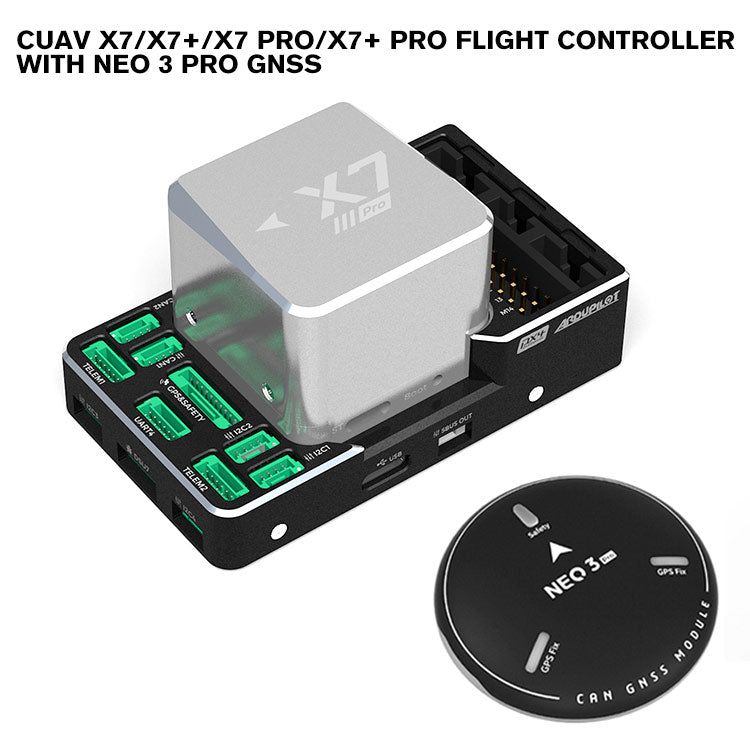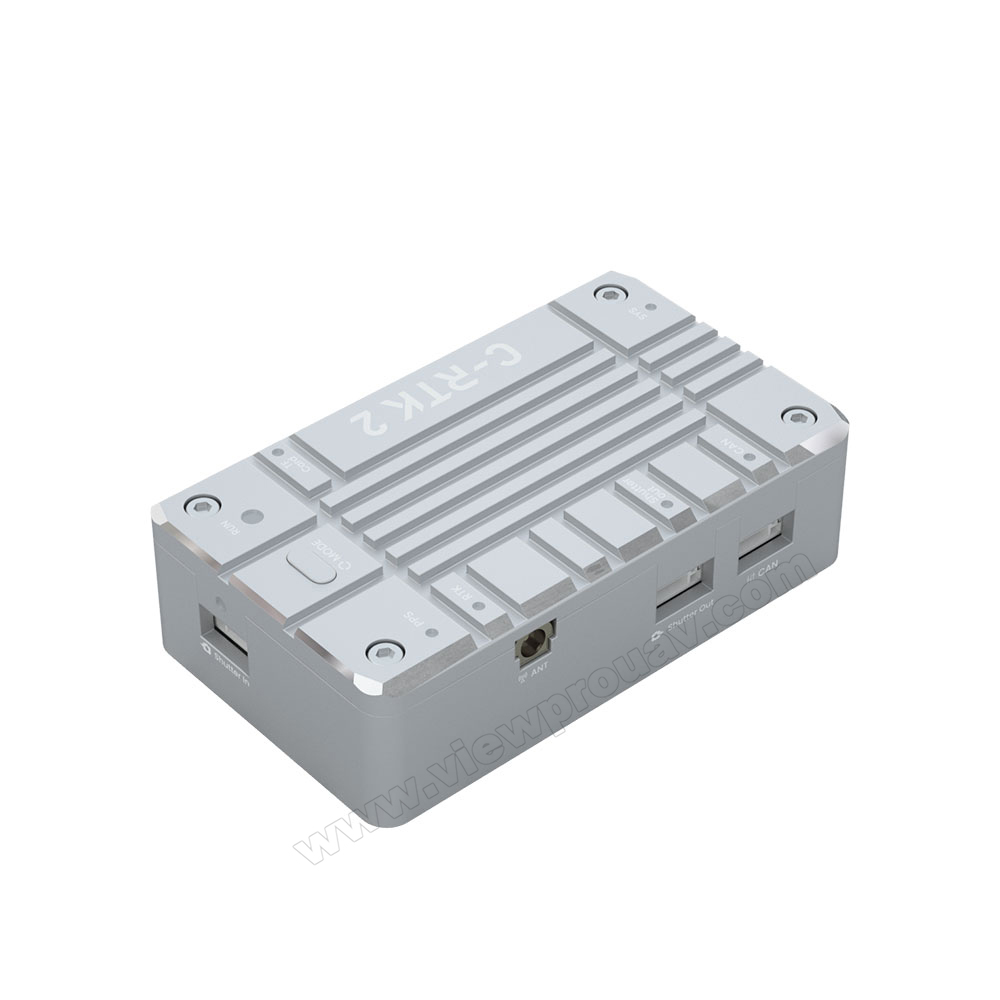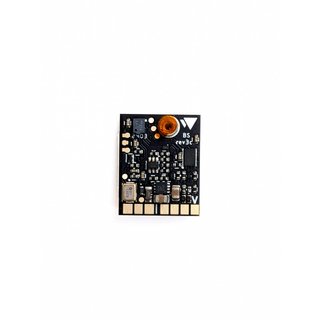SparkNavi Drone Flight Controller and GNSS/INS Made in Taiwan: Accuracy Navigating for Drones
SparkNavi Drone Flight Controller and GNSS/INS Made in Taiwan: Accuracy Navigating for Drones
Blog Article
A Comprehensive Guide to Picking the Right Drone Flight Controller for Your Unmanned Airborne Automobile Needs
Picking an appropriate trip controller for your unmanned aerial car is a pivotal decision that can dramatically impact its operational capacities and overall performance. Different factors, including the type of UAV you are using and your desired application, have to be meticulously examined.
Understanding Flight Controller Types
When delving right into the world of drone technology, comprehending the various sorts of flight controllers is necessary for picking the right one for your requirements. Flight controllers work as the brain of the drone, handling its trip characteristics and stabilizing the airplane during operation.

Alternatively, fixed-wing trip controllers are customized for drones with traditional wing structures, appearing like aircrafts - SparkNavi drone flight controller and GNSS/INS made in taiwan. These controllers concentrate on enhancing long-duration trip and gas performance, as they enable gliding and require less power compared to multi-rotor systems
Furthermore, there are hybrid controllers that combine features of both types, dealing with versatile applications. Choosing the suitable trip controller entails assessing your drone's design, planned use, and required performance, developing a foundational understanding that is essential for successful drone operation.
Trick Functions to Consider
Reviewing the vital functions of a flight controller is essential for making certain optimum performance and compatibility with your drone's design and desired applications. Among the foremost aspects to take into consideration is the controller's handling power. A higher processing rate makes it possible for quicker action times and much better handling of complex maneuvers, specifically in high-stress settings.
One more significant attribute is the number of sustained peripherals and sensors. Advanced trip controllers commonly support several sensing units, such as GPS, accelerometers, and gyroscopes, enhancing trip stability and precision. Furthermore, the schedule of telemetry support is necessary for real-time data transmission back to the driver, which helps in keeping an eye on drone performance.

Lastly, the dimension and weight of the trip controller should straighten with your drone's specifications, ensuring that it does not jeopardize flight efficiency. By carefully examining these crucial features, you can pick a flight controller that satisfies your UAV's functional demands and boosts its capabilities.
Compatibility With Your UAV
Making sure compatibility in between your trip controller and UAV is vital for attaining seamless operation and optimal efficiency (SparkNavi drone flight controller and GNSS/INS made in taiwan). The integration of these 2 components can substantially influence flight stability, control responsiveness, and total functionality. When picking a flight controller, it is vital to verify that it sustains the see here specific setup and needs of your UAV, including its size, weight, and designated applications
Beginning by examining the interaction protocols used by both the trip controller and your UAV. Usual protocols consist of PWM, PPM, and S.Bus, which facilitate the transmission of signals between elements. In addition, think about the power needs of the flight controller and guarantee that your UAV's power distribution system can appropriately supply the necessary voltage and current.
One more vital factor is the physical dimensions and placing options. The trip controller need to fit firmly within your UAV's structure, permitting for reliable air movement and defense from outside aspects. Finally, evaluate the compatibility with various other onboard systems such as general practitioner, telemetry, and cameras, as these integrations can enhance the abilities of your UAV and add to a more sophisticated flying experience.
Popular Flight Controller Brands

One of the most identified brand names is DJI, understood for its easy to use interfaces and advanced stabilization modern technology. DJI trip controllers are often chosen for commercial applications due to their reliability and extensive assistance ecosystem. Another significant player is Pixhawk, an open-source platform that enables extensive modification and adaptability, making it prominent among enthusiasts and scientists.
Kiss and Betaflight have acquired traction within the racing drone community for their lightweight, high-performance controllers that focus on speed and responsiveness. Meanwhile, Vector and APM supply robust services that satisfy both leisure and specialist UAV demands, boasting innovative functions like autonomous trip abilities.
Last but not least, the surge of brands like Holybro and Matek has actually introduced ingenious, economical alternatives that do not jeopardize efficiency. Each brand presents distinctive advantages, making it vital for users to evaluate their details needs and select a trip controller that aligns with their functional objectives.
Tips for Setup and Arrangement
Choosing the right trip controller is just the start; appropriate setup and configuration are essential to taking full advantage of efficiency and making certain the drone operates as meant. Beginning by thoroughly reading the maker's instructions, as each trip controller may have details demands. Ensure that all elements are compatible, consisting of the batteries, escs, and motors, to stay clear of performance problems.
.png)
When setting up the flight controller, protect it strongly to the drone framework, ideally in a vibration-dampened fashion to decrease sound disturbance - SparkNavi drone flight controller and GNSS/INS made in taiwan. Position the controller in a manner that enables ideal general practitioners function, typically with a clear view of the skies. Attach all necessary electrical wiring methodically, paying click for more info focus to shade codes and pin formats to avoid misconfiguration
After physical installation, wage software program arrangement. Use the producer's software program devices to adjust the controller, guaranteeing that all sensors, including accelerometers and gyroscopes, are correctly configured. It is recommended to conduct a pre-flight check to verify settings and perform examination flights in a secure, open location. Maintain firmware updated to leverage improvements and fixes, improving both security and functionality for your UAV.
Final Thought
Finally, selecting the appropriate drone flight controller is vital for making best use of the performance and functionality of unmanned aerial cars. By understanding flight controller types, examining secret functions, and ensuring compatibility with specific UAV arrangements, customers can make educated decisions. Familiarity with popular brands and adherence to installation guidelines will promote smooth combination and reputable procedure. Cautious consideration of these elements inevitably improves the general efficiency of UAV applications throughout different markets.
There are primarily two classifications of flight controllers: fixed-wing and multi-rotor controllers.Examining the vital features of a flight controller is crucial for ensuring optimum performance and compatibility with your drone's design and desired applications. Advanced trip controllers frequently support several sensors, such as GPS, accelerometers, and gyroscopes, improving trip security and accuracy.Selecting the appropriate flight controller is simply the start; correct setup and arrangement are vital to optimizing efficiency and guaranteeing moved here the drone operates as meant.In conclusion, picking the suitable drone trip controller is vital for taking full advantage of the efficiency and capability of unmanned aerial cars.
Report this page